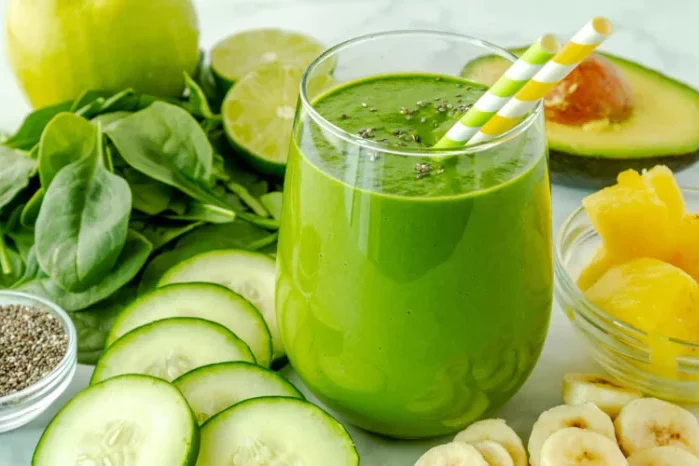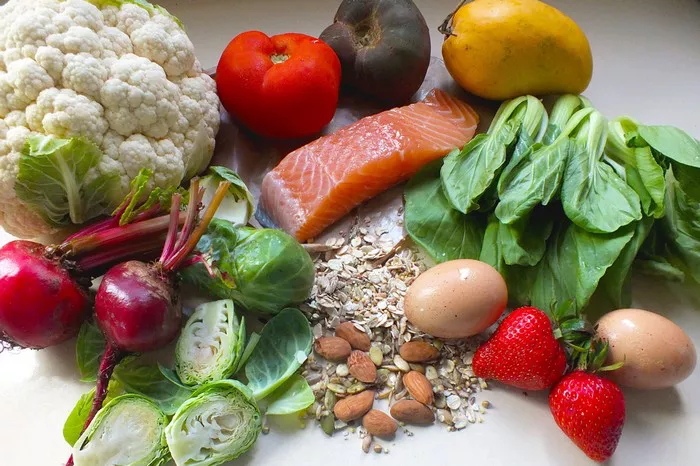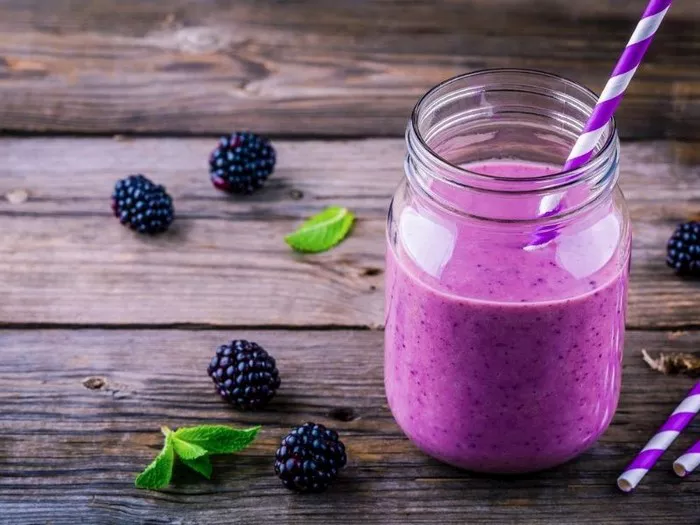In the vast landscape of dietary approaches, the high carb low fat diet has gained significant attention and sparked numerous discussions among health enthusiasts, nutritionists, and those seeking to optimize their health and body composition. This dietary pattern, as the name suggests, emphasizes a relatively high intake of carbohydrates while keeping fat consumption to a minimum. It has been touted for various reasons, including potential benefits for weight management, energy levels, and overall well-being. However, like any diet, it comes with its own set of complexities and considerations. In this comprehensive essay, we’ll explore in-depth what the high carb low fat diet entails, its historical roots, the science behind its effects, the types of foods it encompasses, its potential benefits and drawbacks, and how to implement it effectively in daily life.
Historical and Cultural Roots of the High Carb Low Fat Diet
Rice-Based Diets in Asia: Many Asian cultures have long had diets centered around high-carbohydrate staple foods like rice. In countries such as Japan, China, and Thailand, rice has been a dietary cornerstone for centuries. For example, in Japan, a traditional meal might consist of a bowl of steamed white rice accompanied by small portions of fish, vegetables, and pickled items. The rice provides a significant portion of the daily calories, while the fat content from the overall meal remains relatively low due to the limited use of oils and fats in cooking and the choice of lean protein sources like fish. This type of diet has been associated with lower rates of obesity and certain chronic diseases in these regions, although it’s important to note that other lifestyle factors also play a role.
Corn and Bean Diets in Mesoamerica: In ancient Mesoamerican cultures, including the Maya and Aztec civilizations, corn and beans were dietary staples. Corn, in particular, was a primary source of carbohydrates and was prepared in various ways, such as making tortillas. Beans provided additional carbohydrates along with protein. These diets were relatively low in animal fats as the main sources of fat were from small amounts of avocado or seeds. The combination of these high-carb foods with a low-fat profile sustained large populations and was part of a lifestyle that also involved significant physical activity, which likely contributed to the overall health of these communities.
Potato-Based Diets in the Andes: Among the indigenous peoples of the Andes Mountains in South America, the potato was a fundamental food source. Potatoes are rich in carbohydrates and were consumed in large quantities, often boiled, fried (using minimal amounts of fat), or made into stews. Along with other local vegetables and limited animal products like llama meat (which is relatively lean), these diets were high in carbs and low in fat. This dietary pattern supported the population in a region with a challenging climate and terrain and was an integral part of their cultural and agricultural heritage.
Influence of Early Dietary Recommendations
The Pritikin Program: In the 1970s, Nathan Pritikin developed a dietary approach that emphasized a high intake of complex carbohydrates and a very low-fat intake. His program was based on the idea that reducing fat consumption, especially saturated fat, could help prevent and treat chronic diseases like heart disease, diabetes, and obesity. Pritikin advocated for foods like whole grains, fruits, and vegetables as the main components of the diet while severely restricting fats from animal sources and oils. His work influenced many people to adopt a high carb low fat lifestyle and sparked further research into the effects of such a diet on health.
The Ornish Diet: Dr. Dean Ornish also played a significant role in promoting a low-fat diet. His program focused on a diet that was not only low in fat but also emphasized whole foods and a plant-based approach. Ornish recommended consuming mostly carbohydrates from sources like whole grains, legumes, and fruits while limiting fat to a very small percentage of total calories. His diet was part of a comprehensive lifestyle change that also included stress management and exercise and was shown in some studies to have beneficial effects on heart disease reversal and overall health.
Lean Protein Sources
Plant-Based Proteins: Beans, lentils, and chickpeas are rich in protein and are staples in a high carb low fat diet. They can be used in a variety of ways, such as making a vegetarian chili with beans and lots of tomatoes and vegetables or adding lentils to a salad for an extra protein boost. Tofu and tempeh, which are made from soybeans, are also excellent plant-based protein options. Tofu can be marinated and cooked in different styles, like stir-frying or baking, and added to dishes with lots of vegetables and whole grains. Another option is seitan, which is made from wheat gluten and has a high protein content, often used in vegan or vegetarian meat substitutes.
Animal-Based Proteins: Lean cuts of meat like skinless chicken breast, turkey breast, and fish are good sources of protein in this diet. Chicken breast can be grilled, baked, or used in sandwiches or salads. Fish such as salmon, tuna, and cod are not only rich in protein but also provide healthy omega-3 fatty acids. For example, a baked salmon filet served with a side of brown rice and a vegetable medley makes for a balanced and healthy meal. Lean cuts of pork and beef can also be included in moderation, but it’s important to choose the least fatty options and remove visible fat before cooking.
Low-Fat Dairy and Alternatives
Low-Fat Dairy: Low-fat milk, yogurt, and cottage cheese can be part of a high carb low fat diet. They provide protein and calcium while containing less fat than their full-fat counterparts. For instance, a cup of skim milk contains about 8 grams of protein and 300 milligrams of calcium. Low-fat yogurt can be eaten plain or with added fruits and nuts for a nutritious snack or breakfast option. Cottage cheese can be used in savory dishes or as a topping on whole wheat toast with some fruit.
Dairy Alternatives: For those who are lactose-intolerant or follow a vegan diet, there are many dairy alternatives available. Plant-based milks like almond milk, soy milk, and oat milk can be used in place of cow’s milk. These are often lower in fat and calories but may vary in their nutrient content depending on the brand and fortification. Some vegan yogurts made from coconut milk or other plant-based ingredients are also available and can be incorporated into the diet in a similar way to dairy yogurts.
Conclusion
In conclusion, the high-carb, low-fat diet is a nutritional approach that emphasizes the consumption of carbohydrate-rich foods while restricting the intake of fats, particularly saturated and trans fats. This dietary pattern is often recommended for individuals seeking to manage their weight, reduce the risk of chronic diseases such as heart disease and type 2 diabetes, and improve overall health.
Related Topics:






















